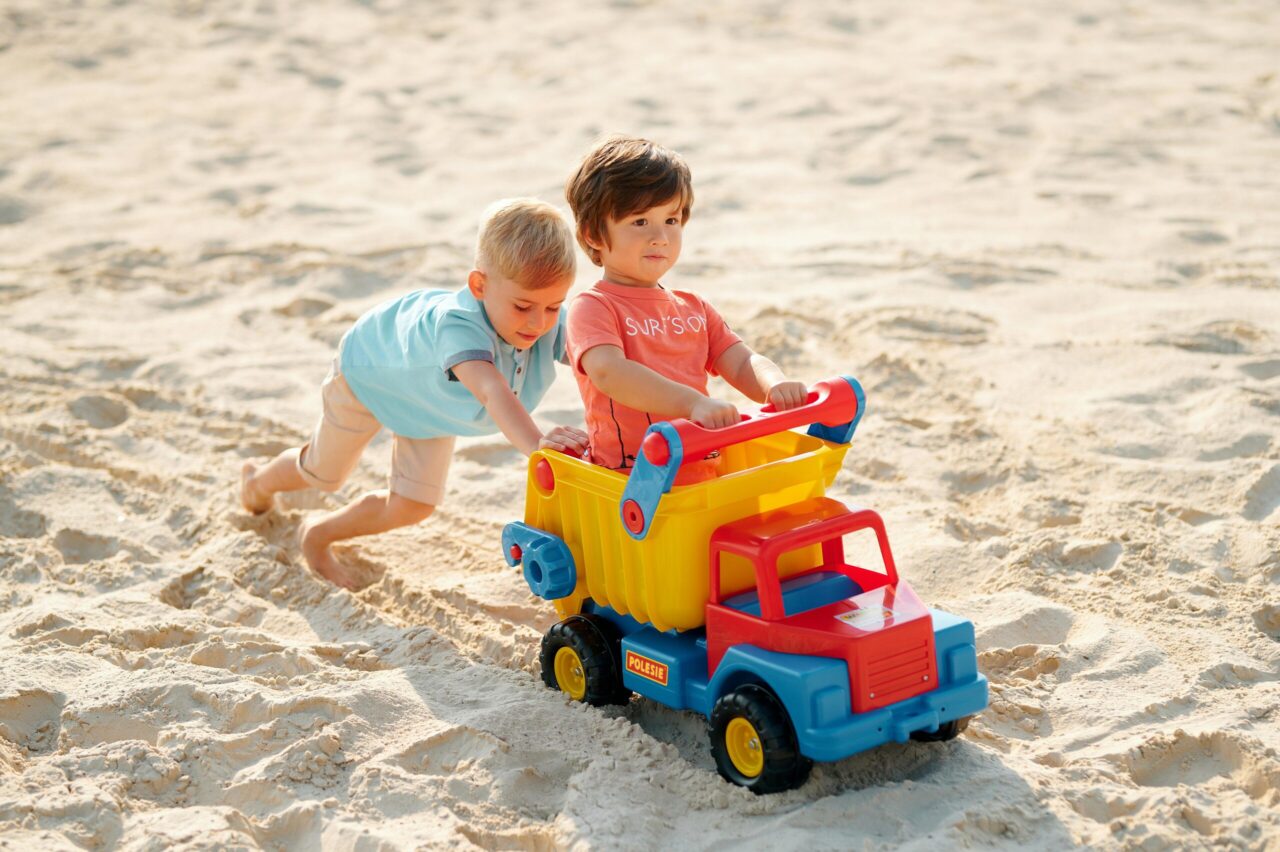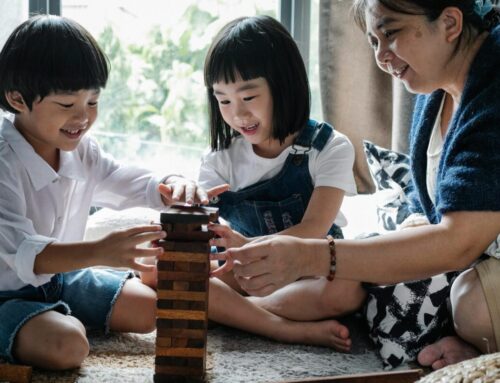
I have had a number of clients call me for a consultation because they find that their child often hurts other children, pushes and/or bites them, breaks toys and is generally destructive. When this is the case, I ask a few questions:
- When they push a child over, do they generally look angry or actually quite pleased with themselves?
- Does your child tend to dive-tackle you rather than gently walk up to you to give you a hug? And then hug you like your ribs may crack?
- Does your child often try to pick up heavy objects, bigger children (or you) or ask you to sit/lie on top on them?
- Do they often bite your shoulder/their hair/their clothes or even their own hand when very excited?
- Do they prefer to play in a way that creates impact – like bashing down blocks, crashing cars together, wrestling, pillow fights etc?
If this sounds like your child, there is a very good chance that your child is proprioceptive-seeking (pronounced pro-prio-sep-tiv).
Your proprioreceptors are little receptors in each of your muscles and joints. Their purpose is actually to tell you where your body parts are in relation to each other. They are the reason you can close your eyes and then touch the tip of your nose with your finger. They are the reason you can run without looking at your feet. If you are proprioceptive dormant (the opposite extreme of proprioceptive seeking), you will be very clumsy, tripping over your own feet and even falling off your chair.
The way your proprioceptors are stimulated is by deep pressure or stretching of your muscles and/or joints. When we have sustained proprioceptive stimulation (like going for a run to get the impact in your joints, doing yoga to get all that stretching, weight lifting, a massage etc), our bodies produce serotonin which is a feel-good. mood stabilizing hormone. Our kids that are proprioceptive-seeking need more of that kind of input to get the same “fix”. So they go searching for it – often in inappropriate ways because they assume that being shoved or squeezed feels as good to you as it does to them. The intention is not to hurt. It is to “scratch that itch” – an “itch” that gets worse when they are excited or angry or when they have had to go without propriocepive stimulation for too long.
If this sounds like your child, an Occupational Therapist that is trained in Sensory Integration (not all O.T’s are) would be a good start. The earlier the intervention the better the outcome. And in the meantime, give your child a “sensory diet” where their proprioceptive-seeking “itch” gets “scratched” each morning and each evening with activities like
- Rough and tumble play
- Wheel barrow walking
- Being squished under your body weight on the couch
- Giant full body hugs
- Pillow fights
- Moving large furniture around
- Jumping on the trampoline
- Trying to push the wall over etc
A Munchkins Parenting Coach can help you with tools to teach the child to express their emotions more appropriately, equip the parents with tools to handle situations when their child has hurt other children, teach them to know when it’s time to stop the rough-housing, sibling rivalry tactics etc
And just a little heads up, your proprioceptive-seeking kid is likely to be quite a little adrenaline junky so make sure you give them sports that give their bodies what they need, like karate, gymnastics, rock climbing, jiu-jitsu etc





